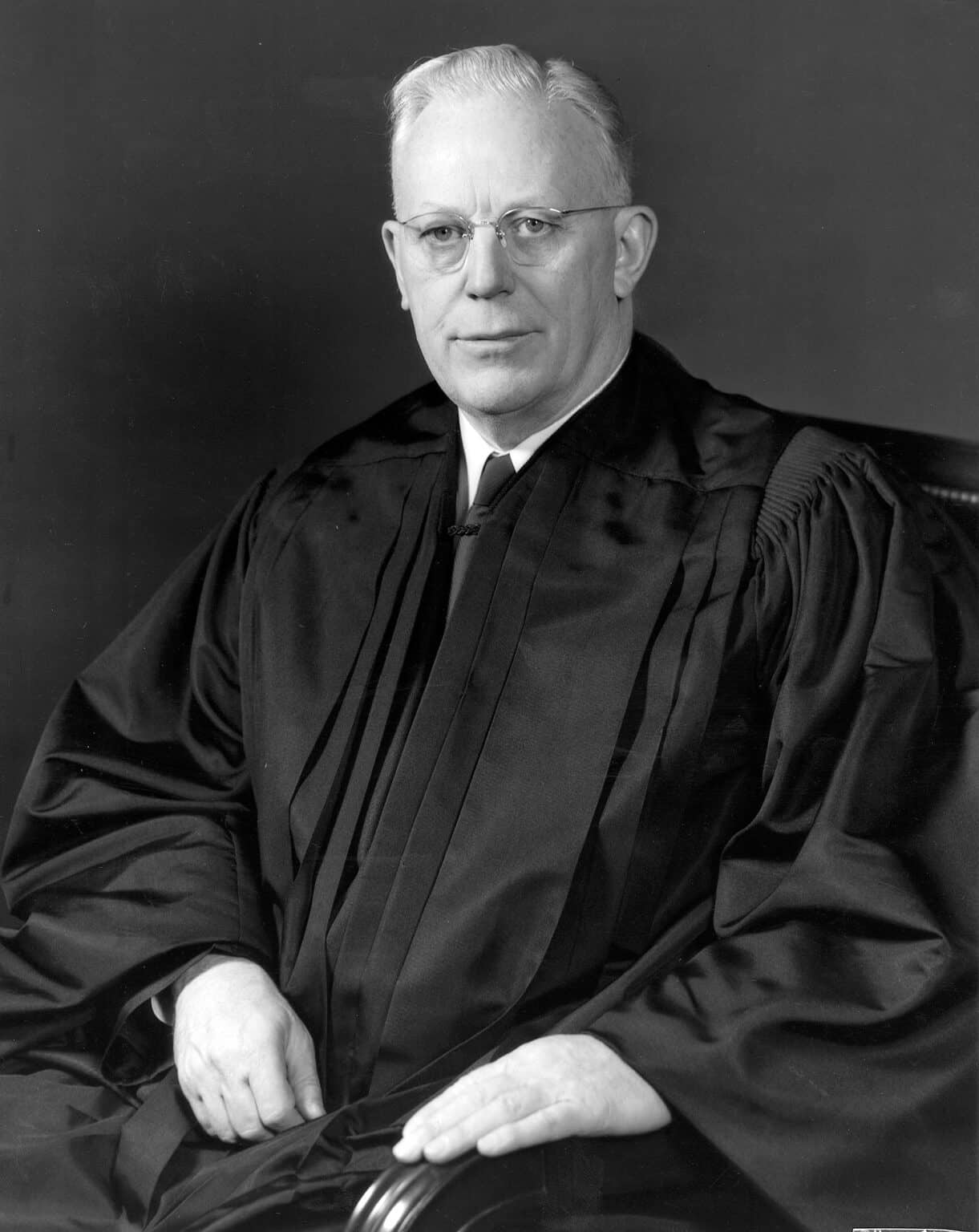RESOURCES
PEOPLE
Chief Justice Earl Warren
1891-1974
Born in Los Angeles and raised in Bakersfield, California, Warren was the son of a Norwegian immigrant father and Swedish-American mother. He attended the University of California, Berkeley, earning his undergraduate degree in 1912 and his law degree in 1914. After being admitted to the California bar, Warren worked for the Associated Oil Company before entering public service.
During World War I, Warren served as a first lieutenant in the U.S. Army. Following the war, he began a long career in public legal service. In 1925, he became deputy district attorney for Alameda County and was elected district attorney in 1926. Known for his emphasis on professionalism and nonpartisan administration of justice, Warren’s popularity and visibility grew during this period.
In 1939, Warren was elected California Attorney General. He expanded the office’s powers and led efforts to reform state law enforcement. His tenure included controversial actions, such as supporting the internment of Japanese Americans during World War II, which he later expressed regret about.
In 1942, Warren was elected Governor of California as a Republican. He was reelected in 1946 and 1950, serving three terms. As governor, he focused on infrastructure, education, and mental health reform. He was also the Republican Party’s vice-presidential nominee in 1948, running with Thomas E. Dewey in an unsuccessful campaign against President Harry S. Truman.
Warren gained a reputation as a pragmatic and independent political figure, often working across party lines. His administrative experience and broad appeal contributed to his selection in 1953 by President Dwight D. Eisenhower as Chief Justice of the United States.
One of the first major cases under Warren’s leadership was Brown v. Board of Education of Topeka (1954), which challenged the constitutionality of racial segregation in public schools. The case revisited the precedent set by Plessy v. Ferguson (1896), which upheld the doctrine of “separate but equal.”
Warren approached the case with the view that the Equal Protection Clause of the Fourteenth Amendment must be applied in light of current conditions. He argued that public education had become a vital function of government and that segregation in schools, even if facilities were deemed “equal,” created an inherent inequality. The Court’s opinion in Brown stated that “separate educational facilities are inherently unequal,” concluding that racial segregation in public schools violated the Constitution.
A component of the Court’s reasoning involved the psychological effects of segregation, including findings from studies by psychologists Kenneth and Mamie Clark. These studies suggested that segregation could affect the self-perception and development of African American children. While the Court cited such evidence, the decision was ultimately based on constitutional interpretation rather than social science alone.
Warren emphasized the importance of a unanimous decision, believing that agreement among the justices would lend greater authority to the ruling. He worked to reconcile differing views on the Court, eventually achieving consensus.
Due to the Court not specifying how or when desegregation was to be implemented in the Brown decision, the Court, addressed this in a follow up ruling known as Brown II (1955). Rather than impose an immediate timeline, the Court instructed that desegregation proceed “with all deliberate speed.” This phrase was intended to convey a balance between urgency and practicality, allowing lower federal courts to oversee the process based on local circumstances. While some viewed this approach as too cautious, it reflected concerns about the complexity of implementation and the potential for resistance.
During Warren’s tenure, the Court decided a number of significant cases involving civil rights, voting rights, and the rights of criminal defendants. These decisions reflected an expanded interpretation of constitutional protections, though they also generated debate over the role of the judiciary.
Warren retired in 1969. He had previously served as chair of the Warren Commission, which investigated the assassination of President John F. Kennedy. He died on July 9, 1974.
